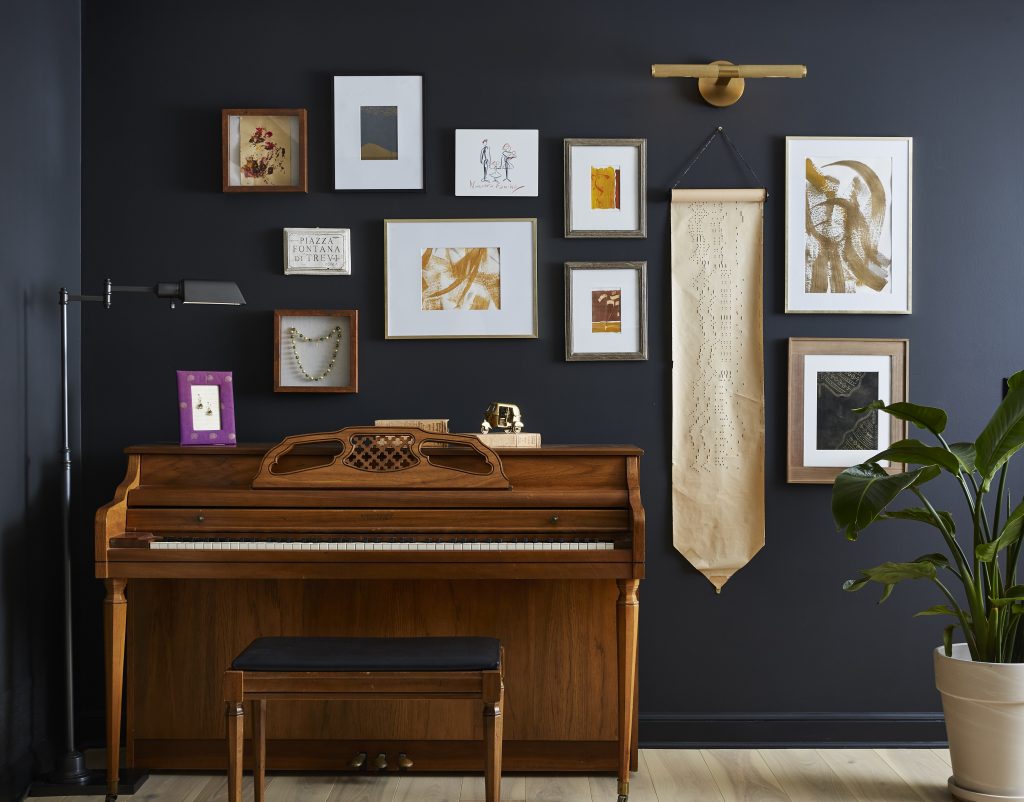
Interior Design Styles 101: Find the Elements You Love
Unless you’re a professional interior designer, it can be tough to keep the ever-changing design styles straight. How do I identify each distinct style? What elements are common in each? How do I find the one I like most? How do I incorporate my style throughout my home?
We’ve polled the pros and uncomplicated interior design so you can confidently find the styles that fit you and bring elements to life in your home.
Identifying Your Style
First, check out our list of 12 common design styles at the end of this blog post. Overwhelmed after seeing all of the stunning styles to choose from? Good news is you don’t have to narrow it down to just one! Your style can be a combination of styles, pull inspiration from different elements, and be created to match your exact preference.
“Mixing different design styles is undoubtedly gaining popularity and here to stay,” says Jyoti Ghugale of Homes and Such. “Gone are the days of a room or a house that followed a singular design language.”
Now Trending
What are the professionals loving these days? Mixing design styles to make spaces more sustainable, as personal style is bound to evolve.
“We love to blend both modern and traditional styles in a way that feels effortless and make our spaces look like they have evolved over time, just like people,” says Jyoti.
Another popular approach these days? Creating a simple, calm space that contrasts the busy world we live in. “With an ever-changing environment, many people have a desire for their home to be a place of calm, comfort, and warmth,” says Megan Jackson Meder, a senior interior designer at The Sitting Room Studio.
“Modern and contemporary design styles are gaining in popularity, likely due to a few reasons,” states Renae Keller, owner of Renae Keller Interior Design. “It is a clean approach in a busy world where ‘less is more’ can be comforting and inspiring.”
In practice, that has meant an increase in subtlety, simplicity, and elegance. “We’ve seen a huge resurgence of natural elements like warmer and monochromatic color palettes, natural wood stains, and textured materials like stucco, rock, and plaster,” shares Megan.
Finding Inspiration
Step one? Find inspiration. “Experiencing different styles of design by browsing Instagram, visiting interior design stores, and attending home tours like the Parade of Homes allows you to get a better idea of things you like and dislike,” says Megan.
“Visit different public spaces that you’re drawn to — museums, libraries, hotels — and try to identify what elements stand out,” says Renae.
Take photos, scroll through Houzz, pin ideas on Pinterest, save videos from TikTok, and keep all of your favorite ideas in one location that you can reference throughout your design evolution.
Start With the Big Picture
It’s important to have a strong base. Go one room at a time to make the process more manageable. Clear out your space if possible, or at the very least try to envision the room without anything in it. Work with your home’s characteristics and build up from there.
“Be sure to retain the architectural style of your home for all the base finishes like windows and millwork so it feels cohesive with the character of the home,” says Jyoti. “But when it comes to furniture and lighting you can fearlessly pick pieces you love, even if they do not belong to the same design style.”
“Think of your home like an artist’s canvas,” Renae encourages. “The walls and floors are your base, select paint colors and finishes first, and then build on top of that with rugs, textures in furniture, and accessories.”
Adding Flair
You’d be surprised how much personality you can add to any space with just accessories. Updating light fixtures, pillows, artwork, and décor are easy ways to make a significant impact.
“When light fixtures are updated cohesively, they become a grounding point for each space and a great way to reestablish a design style and drive consistency throughout your home,” says Megan. “And as far as accessories go, I suggest moving around and changing out accessories often, bringing in pops of seasonal or trending colors and textures with pillows, throw blankets, coffee table books, and vases.”
Change things around as often as you’d like. “Go bold and pick whatever is trending or holds your fancy at the moment,” Jyoti shares, “Plus, it’s easy to swap things out when you grow tired of them.”
Common Design Styles
Here are 12 common design styles and what elements often define them:
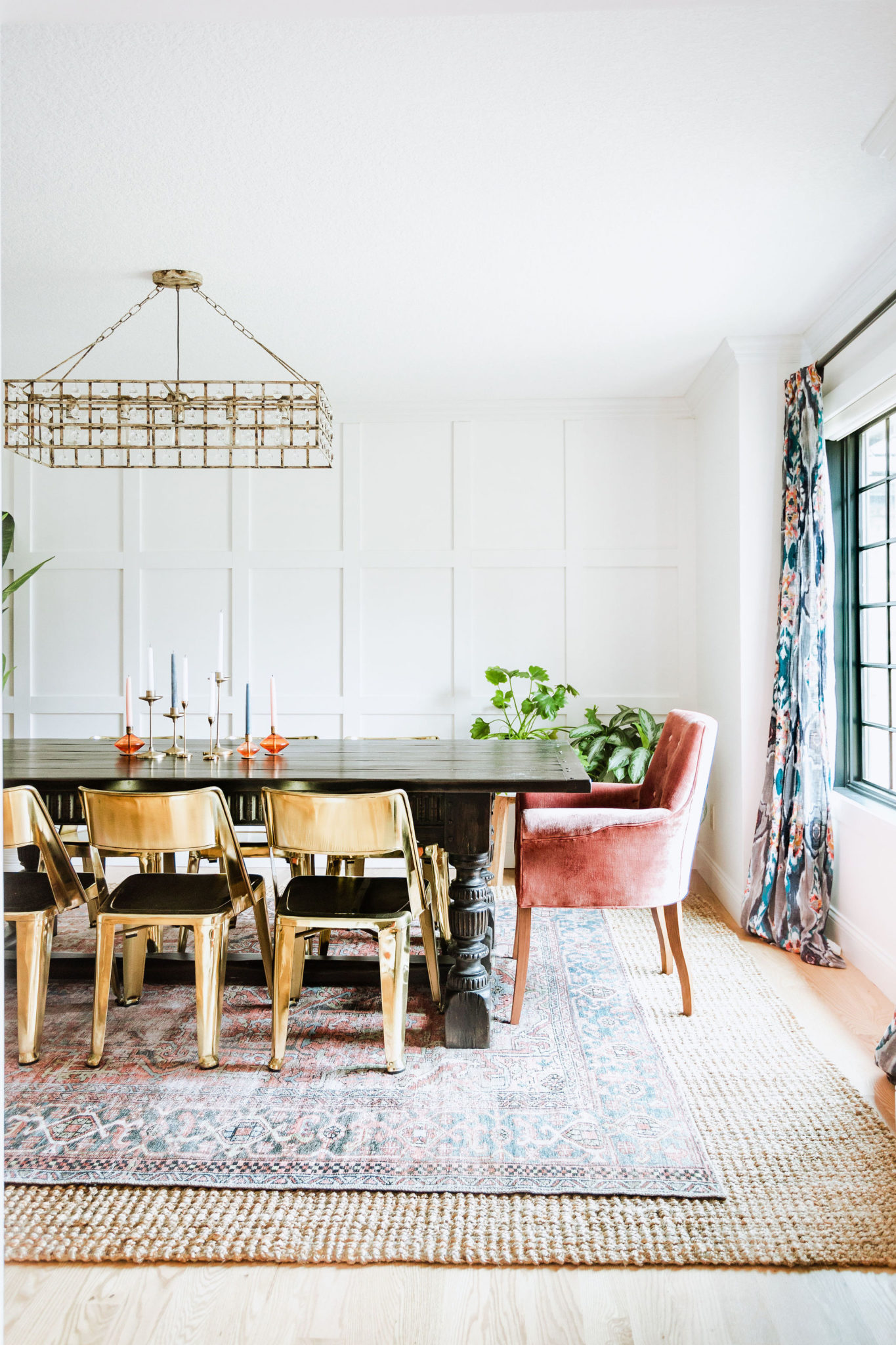
Bohemian – colorful rugs, layered textures, jewel tones, bold patterns
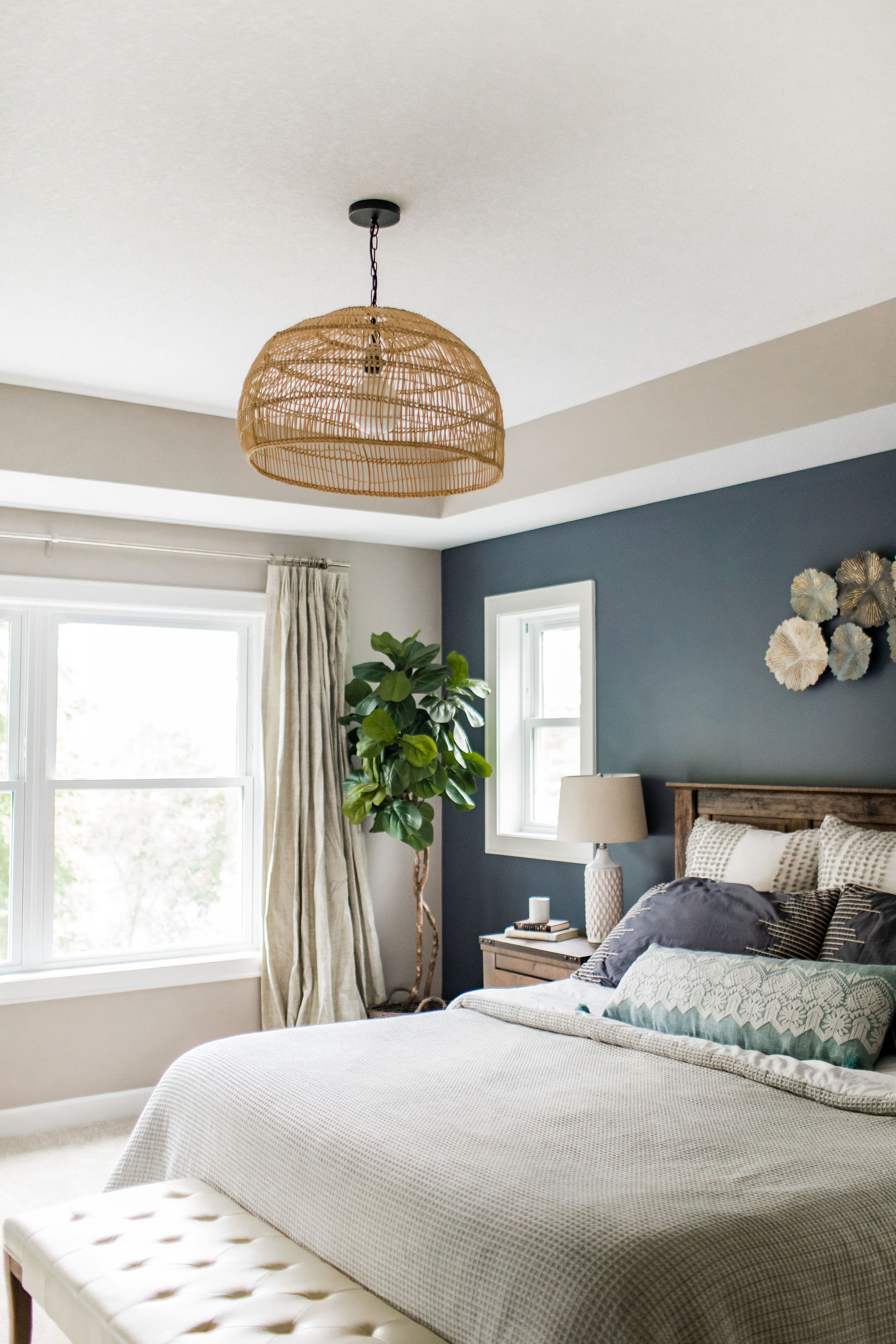
Coastal – bright whites and blues, shiplap, natural textiles, light woods
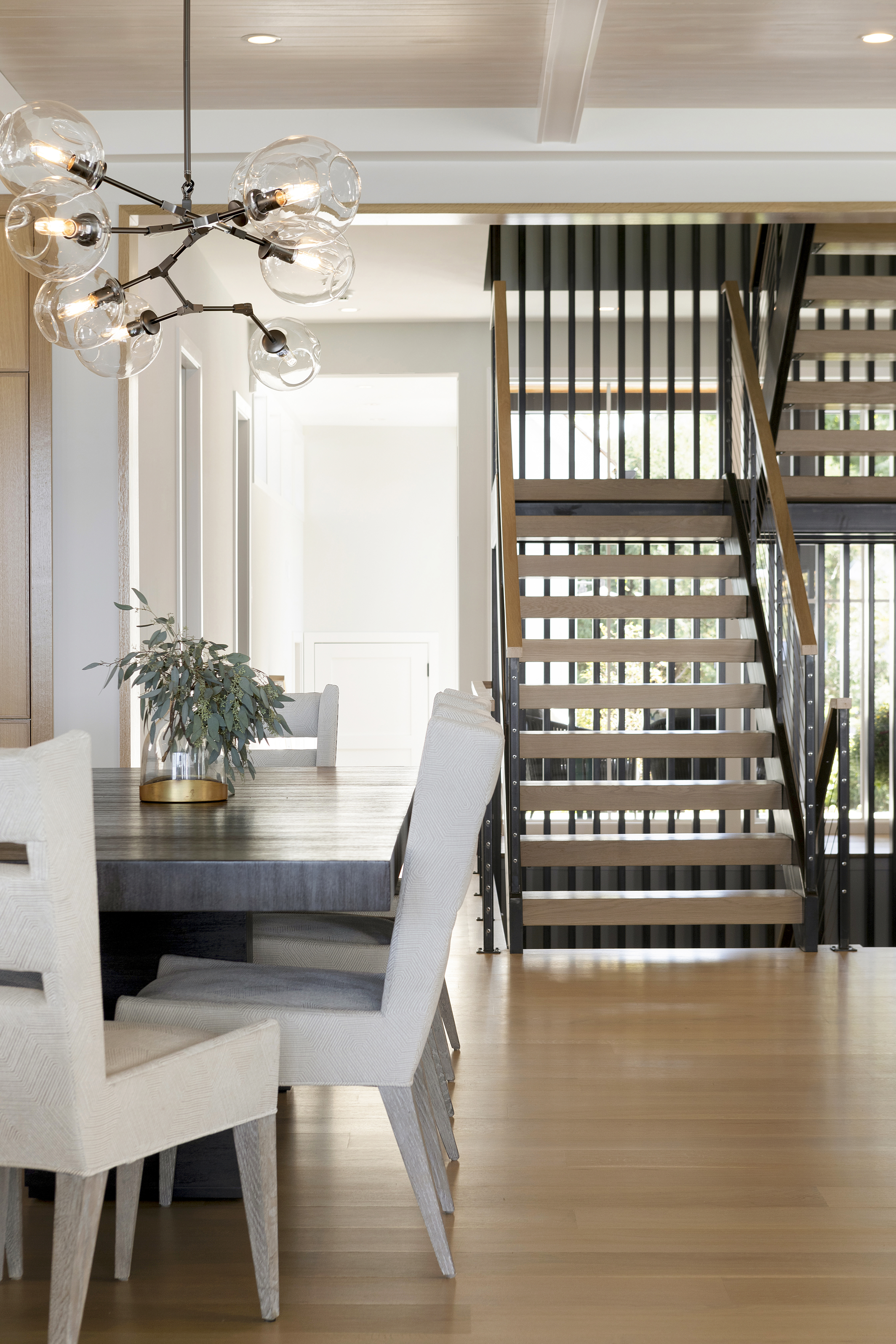
Contemporary – minimalistic, clean lines, subdued patterns and textures, open spaces
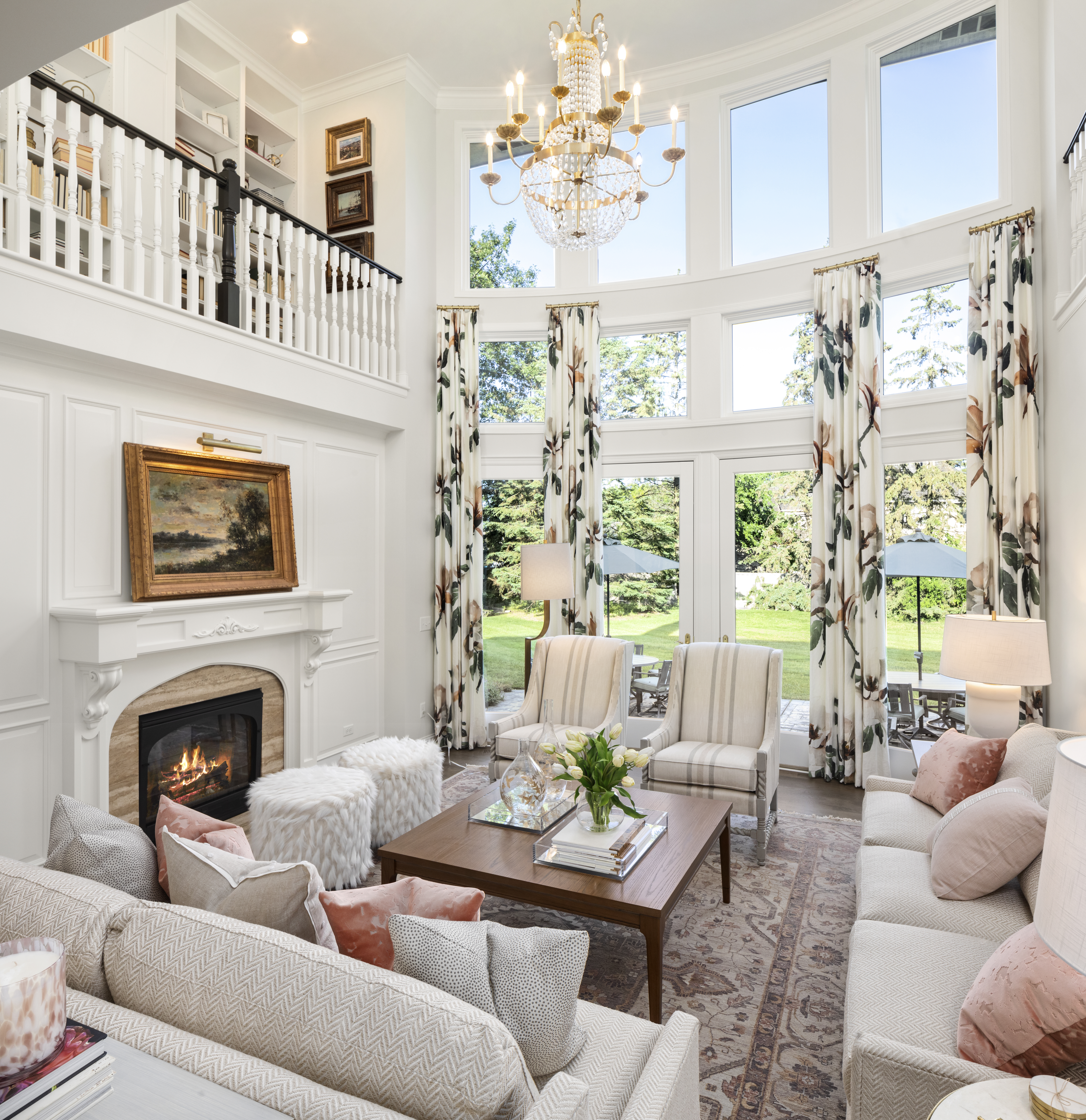
Traditional – molding, dark wood, symmetrical placement, wallpaper, bronze and crystal accents, polished
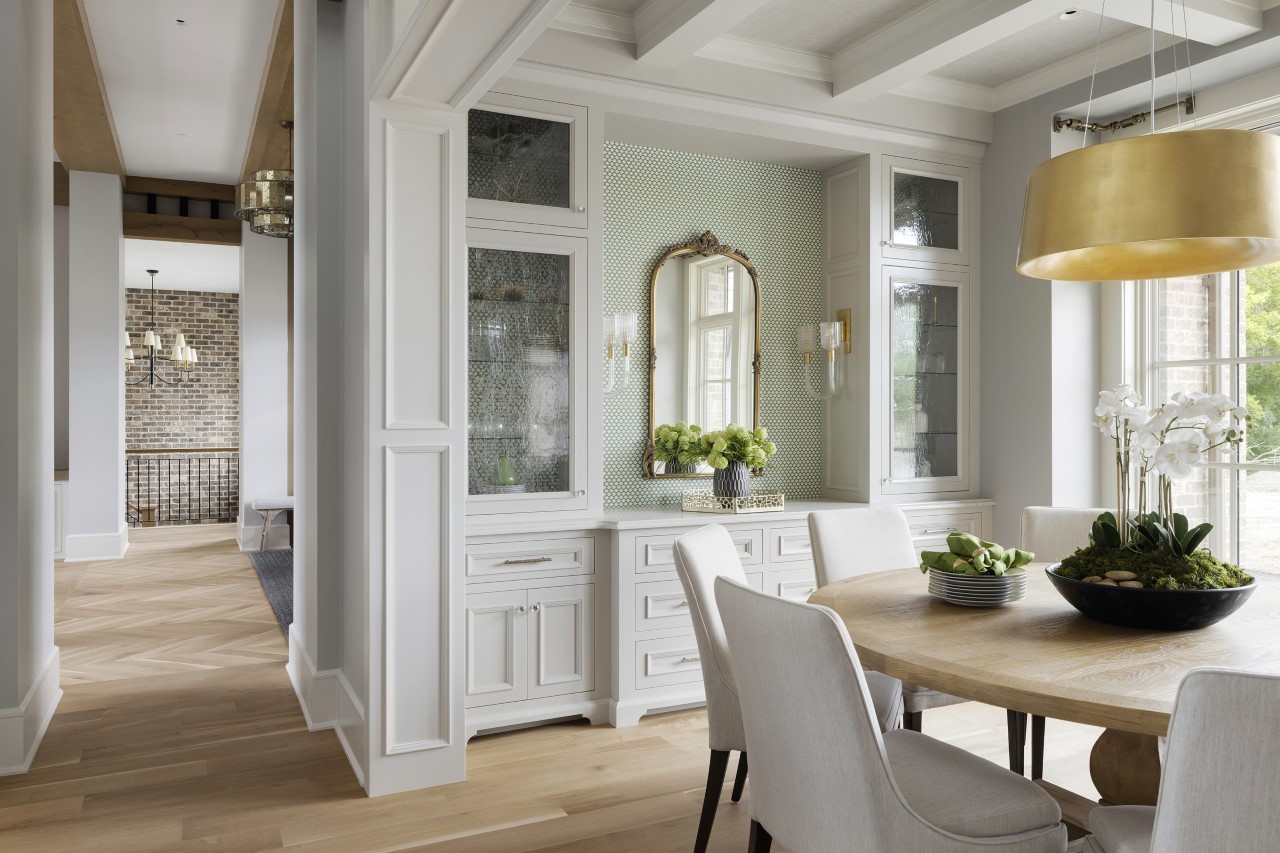
Transitional – a mix of contemporary and traditional, traditional design features with contemporary finishes, curved furniture
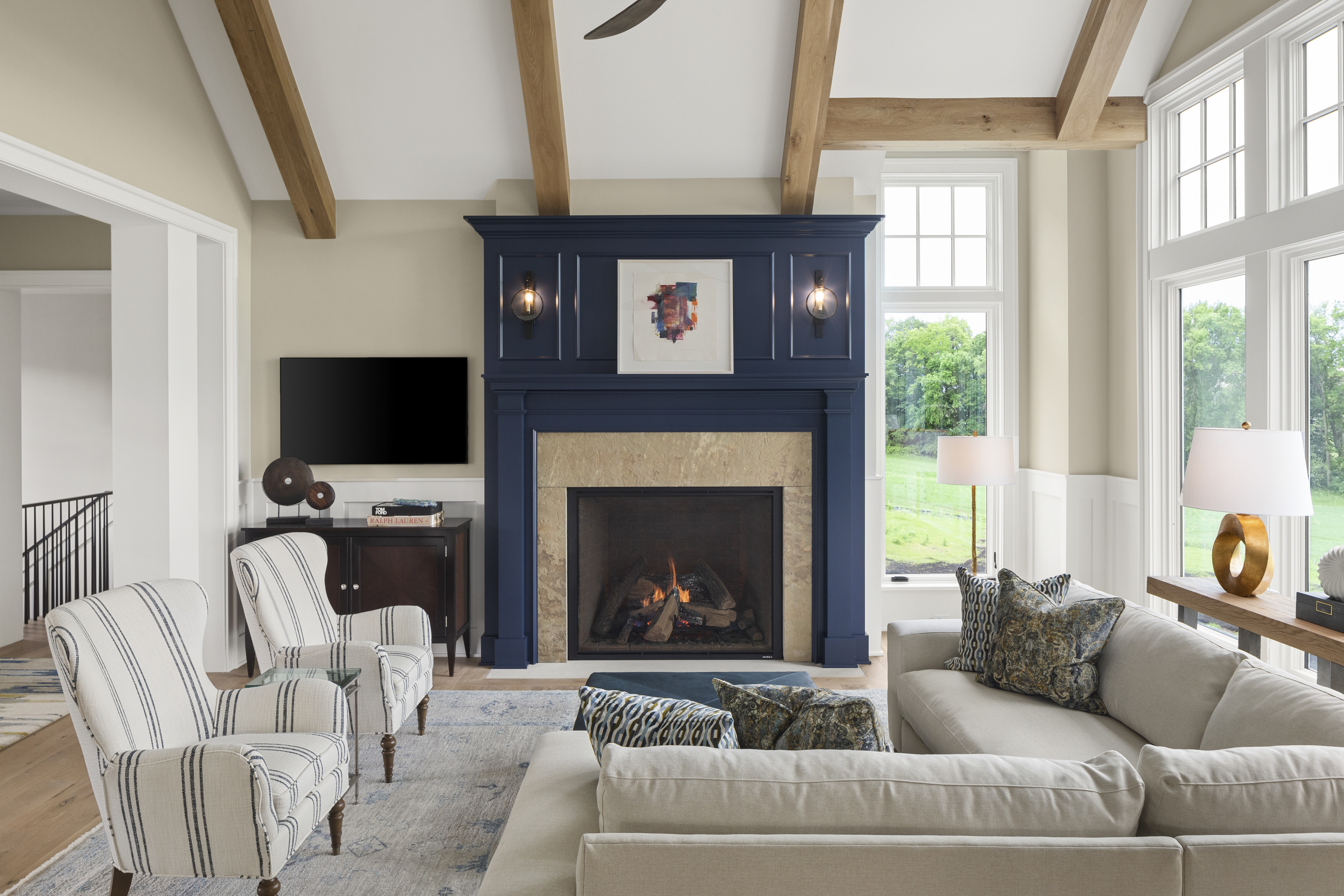
Farmhouse – lots of wood and weathered furniture, earthy colors, shiplap, repurposed objects
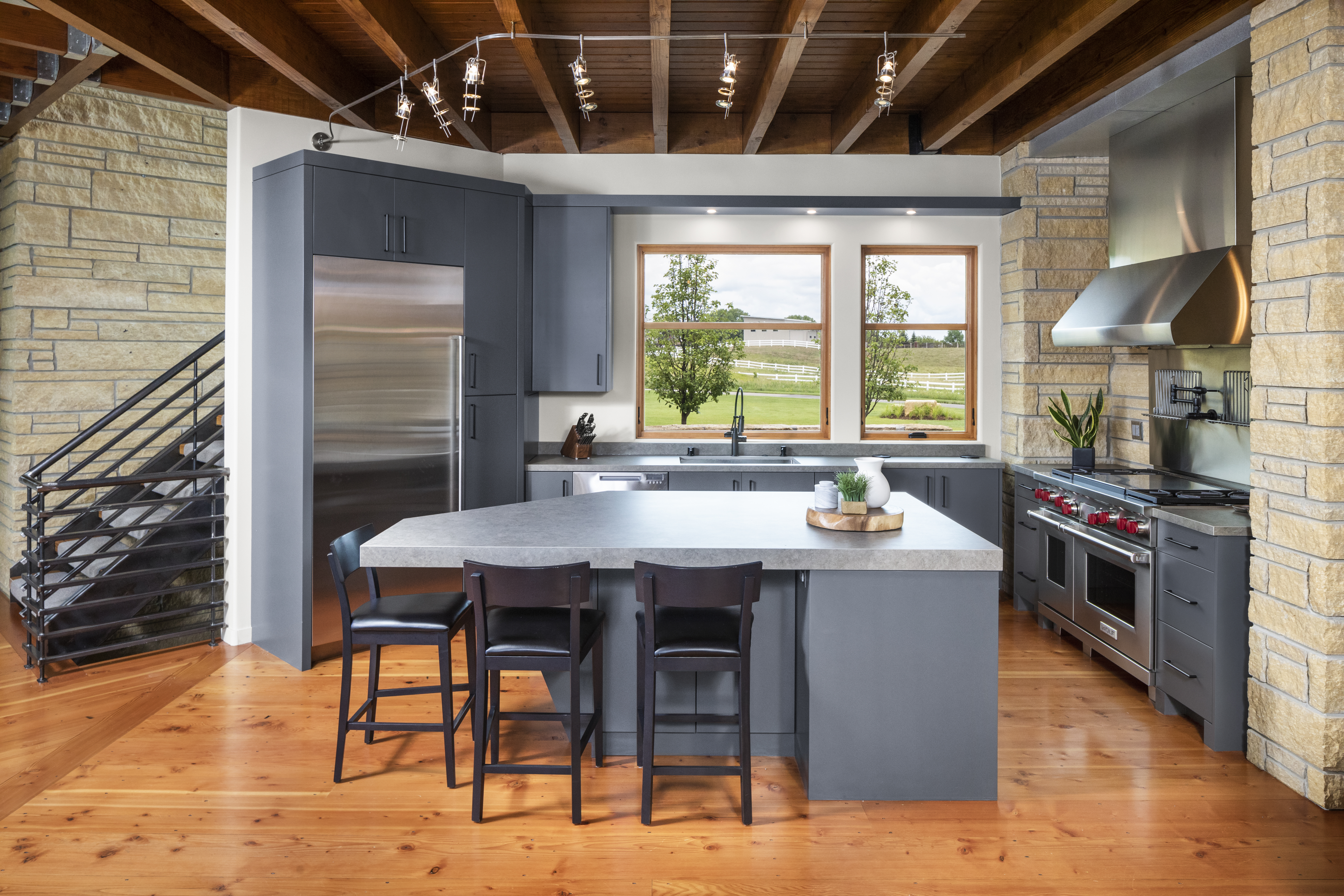
Industrial – hints of concrete and metals, dark grays, exposed brick, modern art, open space, unfinished touches
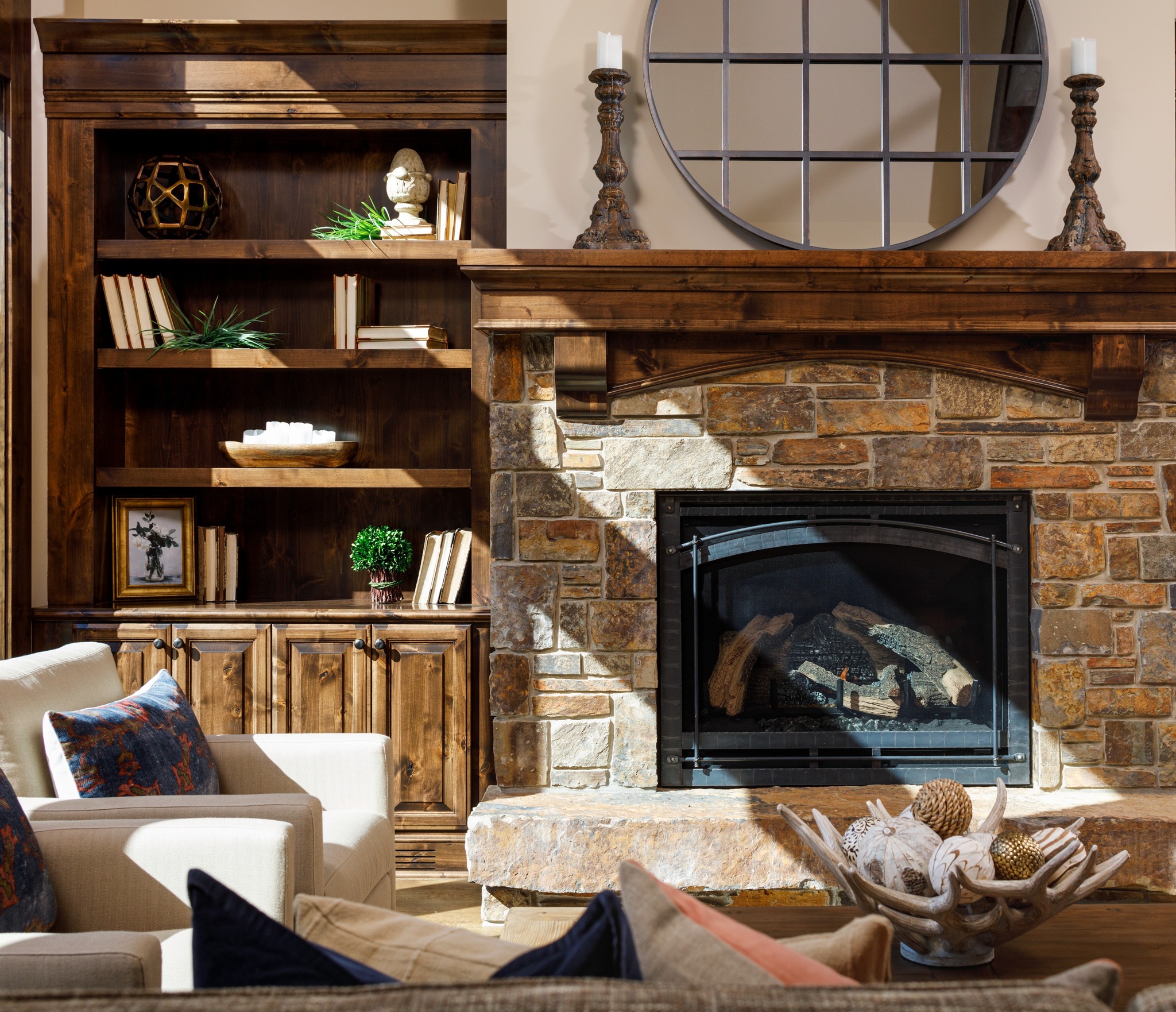
Rustic – distressed finishes, chipped paint, dark woods
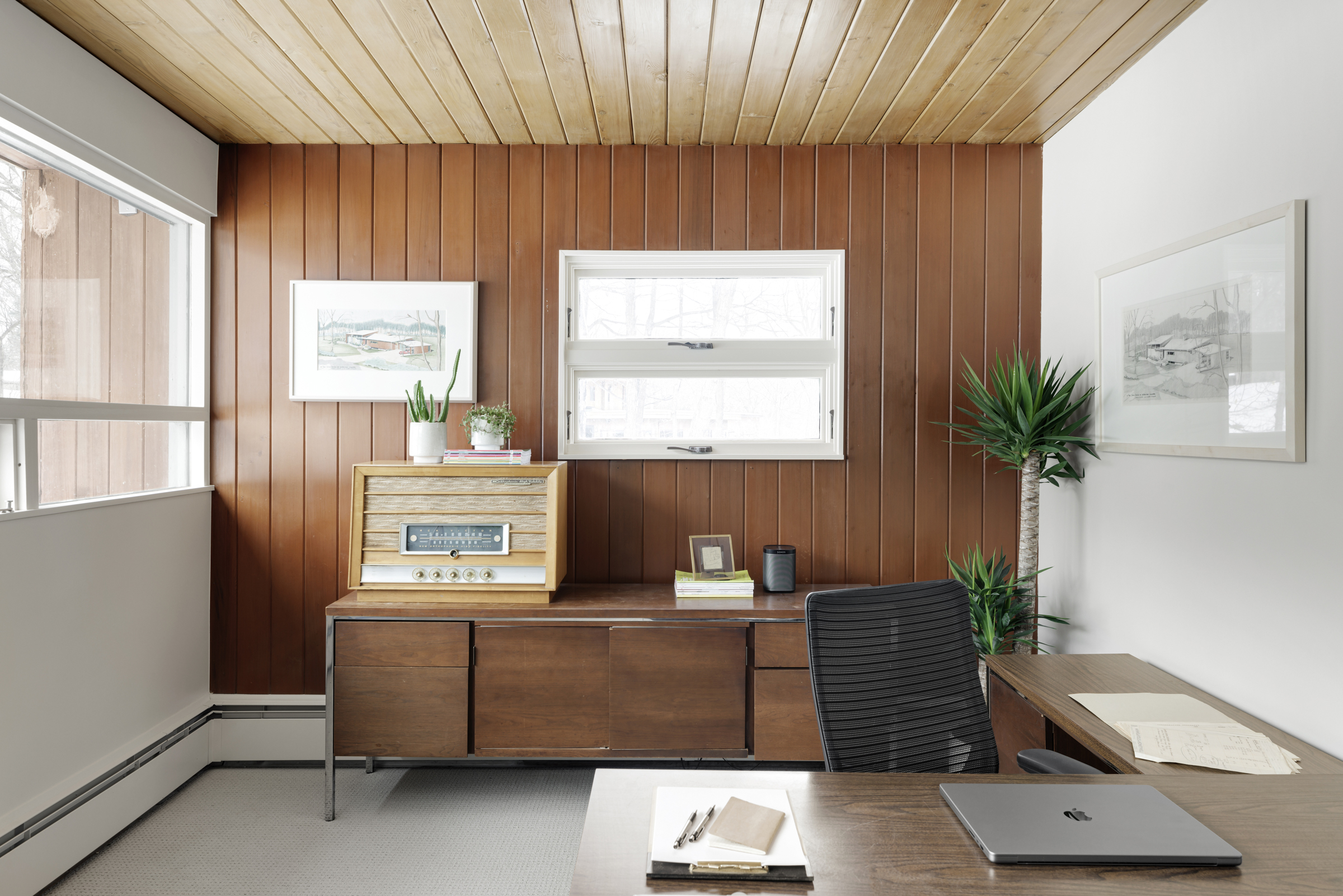
Midcentury Modern – 1950s inspired, armless seating, clean lines, iconic designs

Minimalist – little to no patterns, neutral colors, clean lines, little clutter

Eclectic – mix and match, patterns and bold colors, maximalist décor, gallery walls
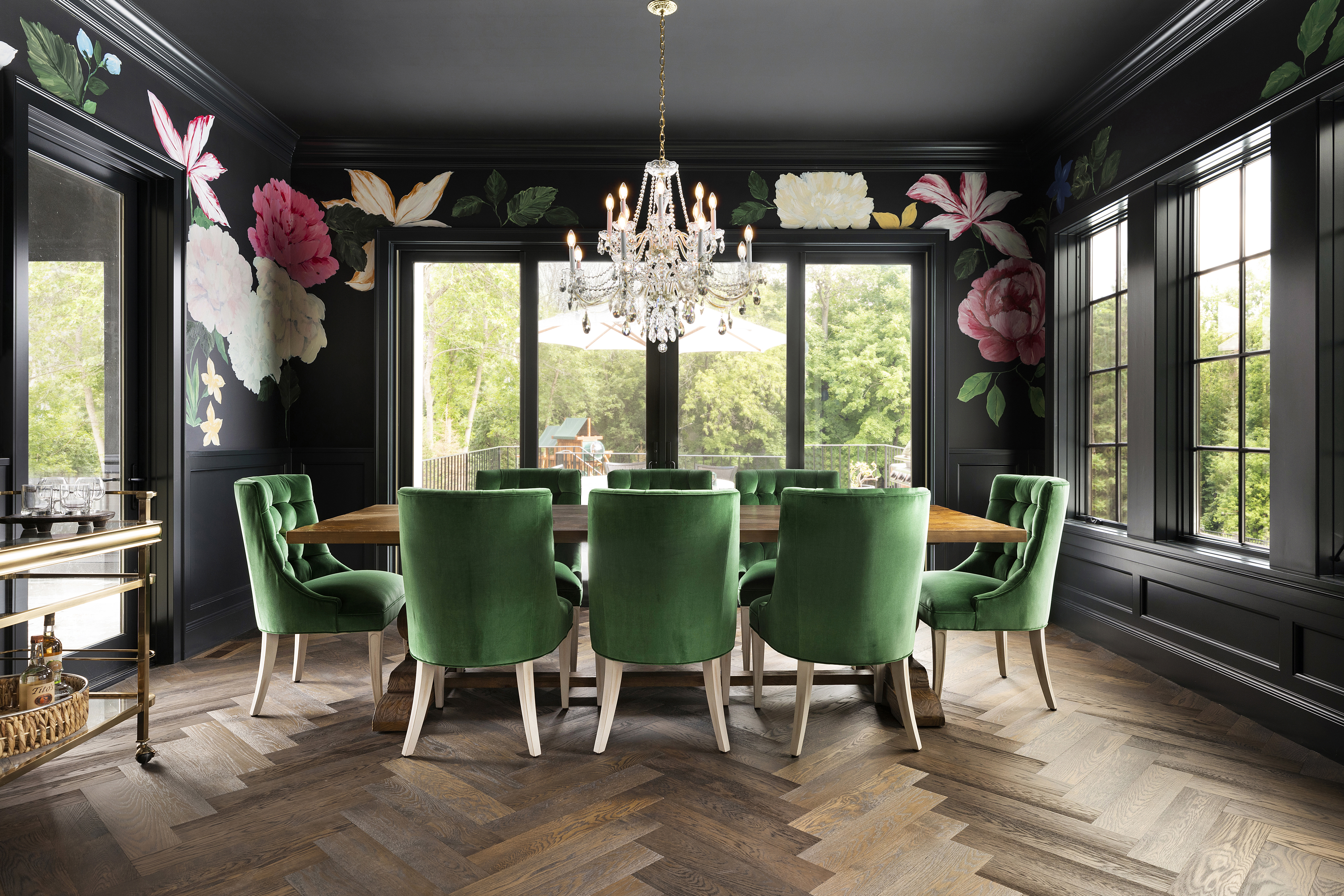
Hollywood Glam – gold and jewel accents, faux fur, bright colors, animal prints, lush textures, reflective surfaces
Parade of Homes
If you’re someone who likes to take inspiration from others, the Parade of Homes is a great place to see what’s hot in housing and design. You can visit homes in person, walk through the spaces, and see how design elements play together cohesively. And when there’s not a home tour event happening, you can stay up to date on social and follow us on Instagram, Facebook, Pinterest, and TikTok for endless home content.
Plus, follow along with these designers to see their work: